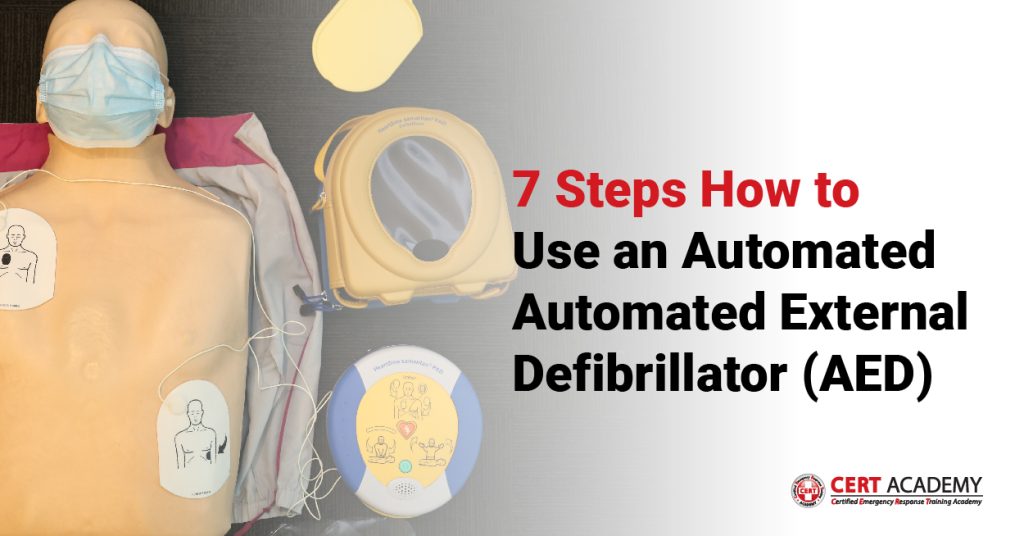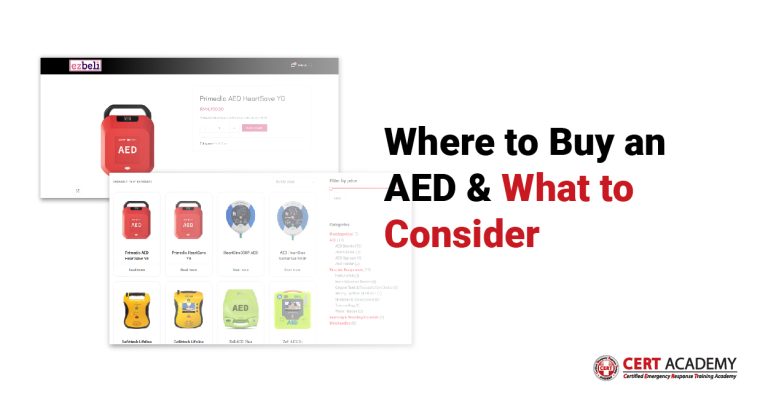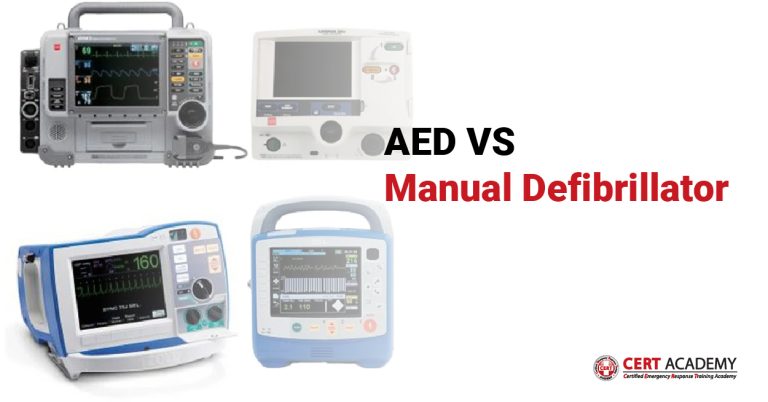Call Us +603-8066 8665
7 Steps how to use an Automated External Defibrillator (AED)

Automated external defibrillator (AED) can be a critical and potentially life-saving skill. The following are general steps to use an AED. Note that specific devices may have slight variations in operation, so it’s essential to follow the instructions on the particular AED you are using:
1. Assess the Situation
– Ensure the safety of yourself, the victim, and bystanders.
– Check for responsiveness by tapping the person and shouting loudly, “Are you okay?”
2. Activate Emergency Medical Services (EMS)
– Call for help by dialing the emergency number (999) or instruct someone else to do so.
3. Check the Victim’s Breathing and Pulse
– If the person is not breathing normally or has no pulse, begin CPR (cardiopulmonary resuscitation) immediately.
4. Expose the Chest and Attach AED Pads
– Expose the person’s chest by removing any clothing covering it.
– Power on the AED and attach the electrode pads to the person’s bare chest, following the placement instructions on the pads.
5. Analyze the Heart Rhythm
– Allow the AED to analyze the person’s heart rhythm. Make sure no one is touching the person during this analysis.
6. Deliver a Shock if Advised
– If the AED determines that a shock is needed, ensure that everyone is clear of the person, and press the shock button as instructed by the device.
7. Resume CPR
– After delivering a shock, or if no shock is advised, immediately resume CPR, starting with chest compressions. Remember to follow the specific instructions provided by the AED. Some devices may have voice prompts that guide you through the process. Always be mindful of your safety and the safety of others while using an AED. Regular training in CPR and AED usage is highly recommended to ensure competence and readiness in emergency situations.



